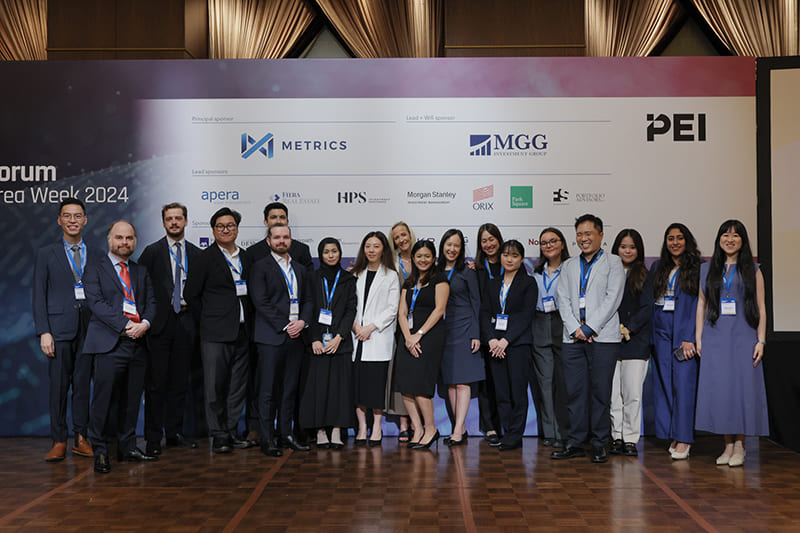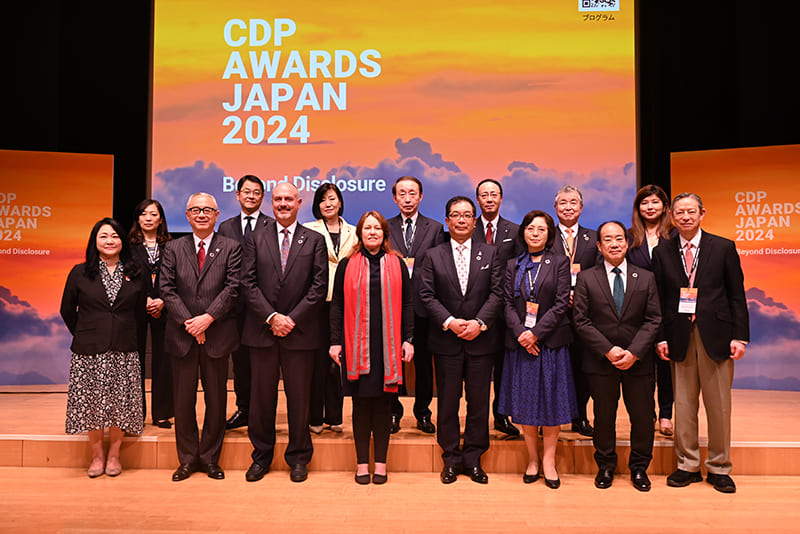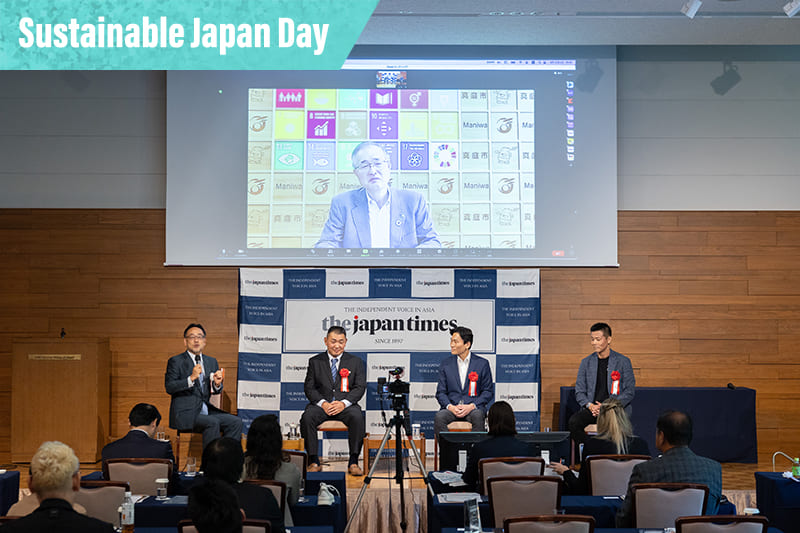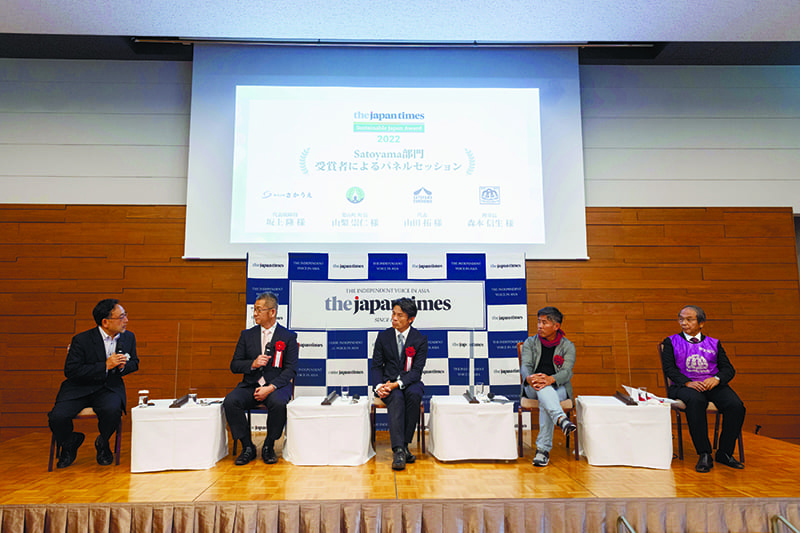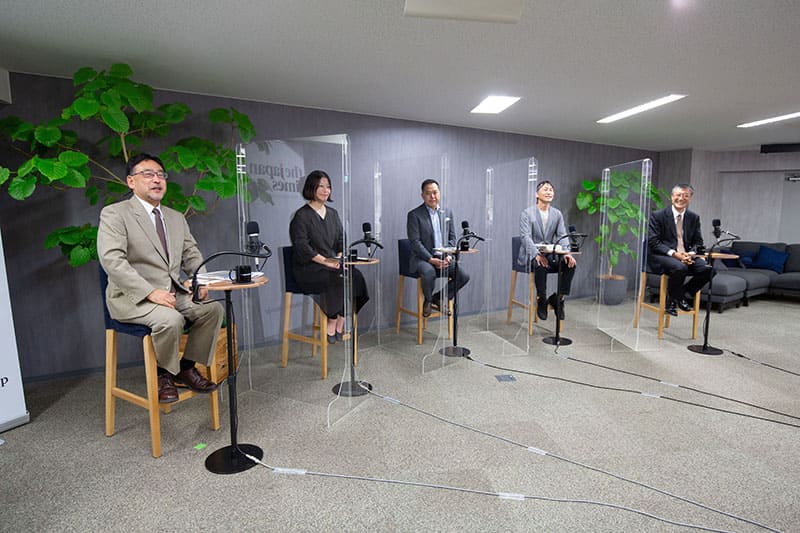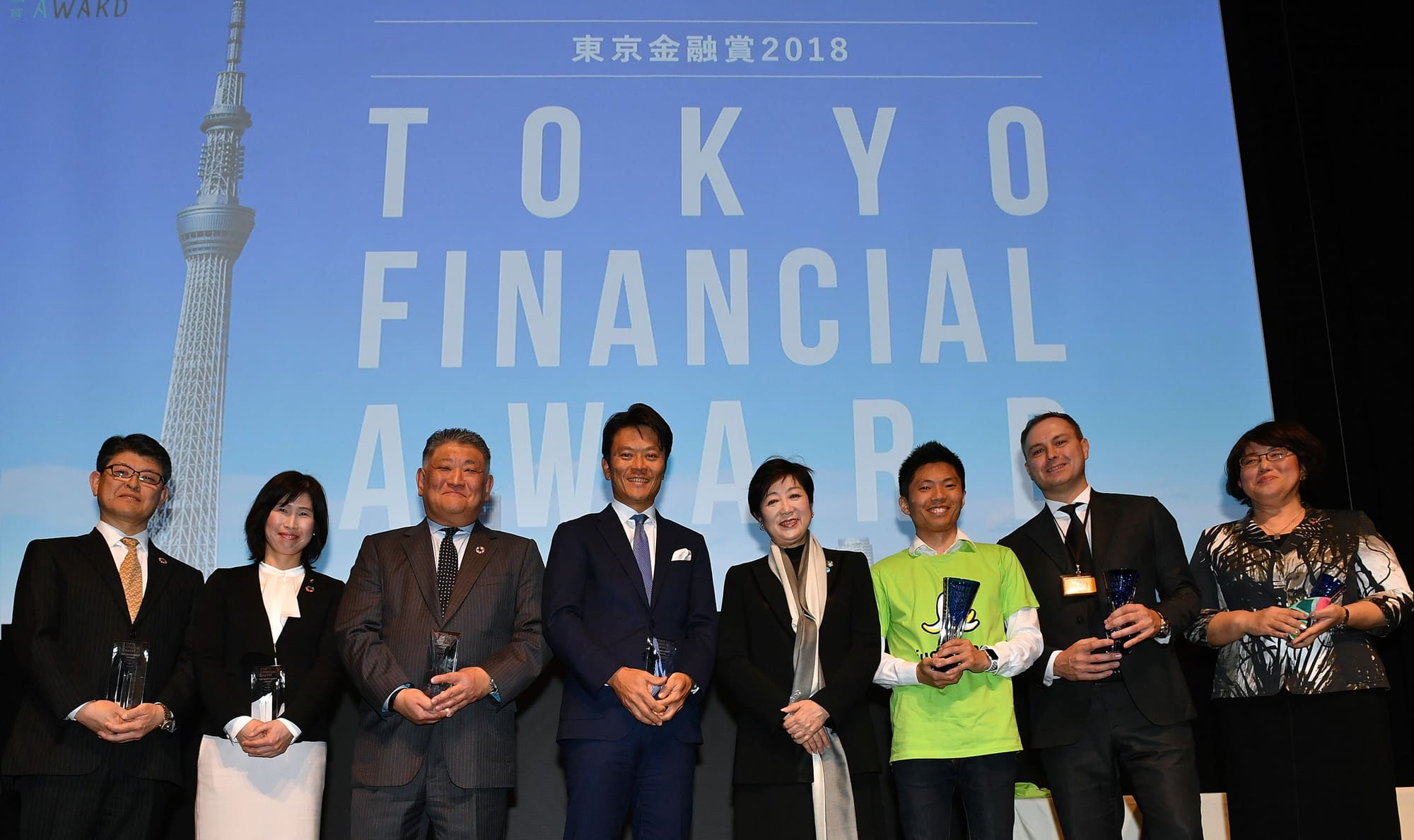March 08, 2024
CJPF Award 2024 highlights innovation and tradition
Contributing writer
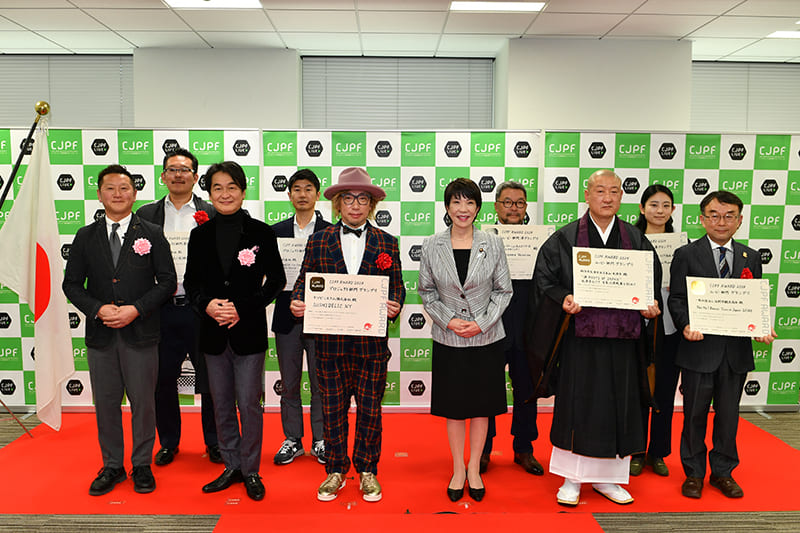
The CJPF Award 2024 ceremony on Feb. 26 announced 18 award-winning projects that showcase Japan’s allure through its cultural and industrial heritage, including food, traditional arts, craftsmanship and tourism, as well as entertainment like manga and anime. They highlight Japan’s rich history, tradition and nature, as well as its innovative digital technology.
This initiative falls under the Cool Japan Public-Private Partnership Platform, orchestrated by the Intellectual Property Strategy Promotion Bureau. It evaluates videos and projects across a broad spectrum to enhance Japan’s international appeal and boost inbound tourism, recognizing exceptional initiatives.
The platform was established in December 2015 to advance the Cool Japan strategy. This initiative unites the central government, local authorities and private sector to back creators and producers pivotal to Cool Japan’s success. The co-chair, Sanae Takaichi, minister of state for Cool Japan strategy, delivered the opening remarks.
This is a pivotal year for formulating a new Cool Japan strategy, with Takaichi mentioning ongoing efforts to review and refine it. She said: “Your feedback, including any bottlenecks encountered in daily operations or suggestions for enhancements to broaden your activities, would greatly aid in crafting the new Cool Japan strategy. We aim to transform your valuable insights from real-life experiences into actionable information that will inform and enhance the strategy.” She called on the award winners to share the challenges they face in their respective fields.
The CJPF Award 2024 received 294 entries in the video category and 113 in the project category. Takaichi praised these submissions, noting, “All of these works effectively showcase the charm of Japan and possess a high level of quality, with the potential for significant future development.”
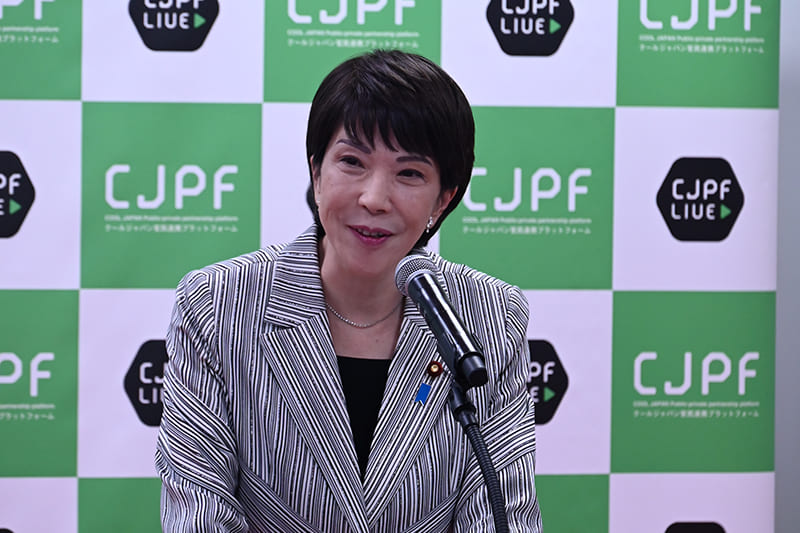
The grand prize in the video category was awarded to two entries. “Roots of Japan: The Eigen-ji Area — A Visit to the Japanese Landscape of the Heart” was presented by the Eigen-ji school of the Rinzai sect of Zen Buddhism, and “The No. 1 Ramen Town in Japan: Sano,” was by the Sano City Tourism Association.
Jijin Mori, the chief abbot of the temple of Eigen-ji, expressed his delight upon receiving the award. He noted that Eigen-ji, nestled in the valley of Suzuka in the Shiga city of Higashiomi, is revered as an ancient site within the Rinzai sect. “We aim to further showcase to the world the rich ‘water culture’ that ties the Oku Eigen-ji area to Lake Biwa,” he said. “This includes promoting the diverse natural beauty seen in Eigen-ji through all four seasons — not just the autumn leaves, but also the fresh greenery, snowy landscapes, Buddhist vegetarian cuisine and Mandokoro tea, a tea cultivation method introduced with Zen during the Muromachi Period (1333-1573).”
Kenichi Watanabe, director of the Cool Japan Public-Private Partnership Platform and the chairman of the judging committee, commented: “The English subtitles, background music and storyline are outstanding and present Japan’s allure in a meticulous and accessible manner. The choice of a temple as a setting to showcase the ‘aesthetics of subtraction’ in Japanese culture was exceptional, offering a profound spiritual experience for foreigners encountering Japanese culture for the first time.”
In discussing future initiatives, Mori said, “We aim to broaden the dissemination of new information that can be digitally archived, such as the cultural assets of Eigen-ji, by leveraging cultural resource databases and other methods.”
Toshiyuki Teraoka, the executive director of the Sano City Tourism Association, shared insights into its celebrated submission. “Sano ramen, originating from the city of Sano in Tochigi Prefecture, is celebrated for its distinctive noodle-making technique, known as ‘Aotake-uchi.’ The city is home to over 150 ramen restaurants, each participating in a friendly rivalry,” he explained.
Watanabe remarked, “The focus on Sano ramen and the narrative that sets Sano apart from other regions were outstanding. The high-speed imagery in the work vividly illustrates the dynamism of Sano’s ramen culture. We believed that the presentation was successful in enticing visitors by straightforwardly showcasing the extensive array of Sano ramen outlets and their allure. The hands-on programs, like stepping on green bamboo, are distinctive. I believe this work has symbolic importance, as ramen is a key element of the Cool Japan strategy.”
The runners-up in the video category were “Mt. Fuji Satoyama Vacation,” by the Eco-Logic General Incorporated Association, and “Sustainable Experience in Kyoto Miyama,” by the Kyoto Miyama Tourism Association. The Excellence Award was presented to five projects: “Kioke Shoyu, a Truly Premium Soy Sauce Only in Japan,” by the Kioke Consortium; “Taste Nature, Enjoy Nature,” by Daichi Sato; “The World’s Favorite Public Toilet in Tokyo,” by Sekai Studios Inc.; “Step into the Land of Aikido,” by Tabikyo Japan Co. Ltd., and “Tsukudani: Traditional Japanese Preserved Food,” by Play Tokyo. The Osaka Kansai Expo Special Prize was awarded to “‘Forest Pipe Organ’ Experimental Sound Art Show,” facilitated by the Musical Saw Festival Japan Executive Committee.
In reviewing the video category, Watanabe underscored the importance of leveraging video content to showcase Japan’s allure to international audiences. He pointed out the rapid growth of inbound tourism alongside the global population increase. He emphasized the importance of using engaging visuals to share the beauty of Japan with those who have yet to visit. Furthermore, he stressed the importance of leveraging the Cool Japan policy to elevate and spread Japanese culture internationally, suggesting it as a critical strategy for cultural promotion.
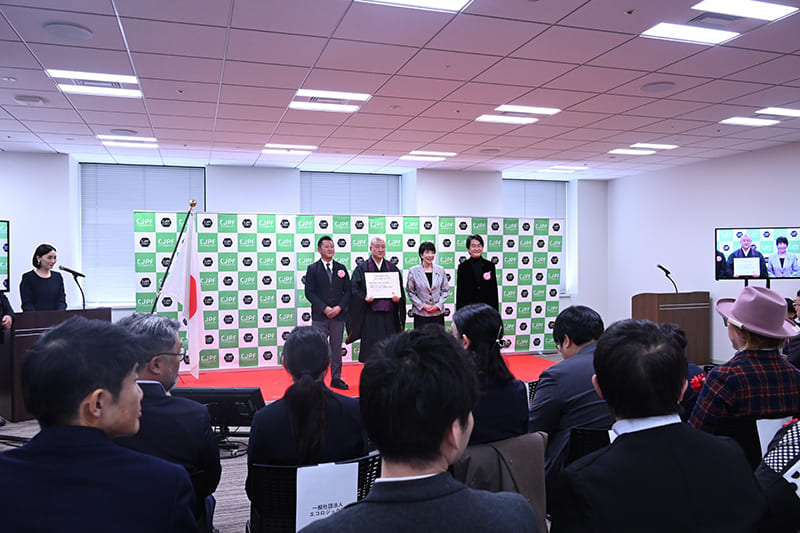
The grand prize in the project category was awarded to Sushidelic, a sushi restaurant created by Sebastian Masuda, an artist who has shaped the formation of kawaii visual culture. The restaurant is known for its innovative offerings like macaron sushi and parfait sushi, served in a psychedelic and iconic setting that transports people to an entirely different world.
Masuda said, “I have always believed that there is a global demand from the new generation for a vibrant, colorful and futuristic Japanese culture.” He added, “Sushidelic was established as a restaurant that delivers a cultural experience that merges kawaii, an aspect of Japanese pop culture, with the traditional Japanese culinary tradition of sushi. I hope it will serve as a gateway for people to overcome all barriers, such as race, religion, age, gender and national borders, and spark an interest in the evolving Japanese culture.”
Takeshi Natsuno, the co-chair of the Cool Japan Public-Private Partnership Platform and the chairman of the judges for the project category, commented, “By integrating sushi and kawaii, a new expression of Cool Japan has been developed. This innovative approach endows globally recognized sushi with a completely new layer of value. This effort is indeed deserving of this year’s grand prize.”
In the project category, the runner-up prize was presented to “Hololive English 1st Concert — Connect the World” by Cover Inc., and “Cuzen Matcha” by World Matcha Inc. The Excellence Award was bestowed upon “Real Escape” by Scrap Corp., “Sonomono Natto Capsules & Natto Powder” by Sonomono Inc., “Thatch Revival Project in Miyama” by Nisio Surprise Inc., and “Kado Ichika Style” by Meijitsui Co. The Osaka-Kansai Expo Special Award was given to the “World Yuru Music Association” project by Sony Music Entertainment Inc.
Natsuno observed that the project category had no similar projects, making it challenging to rank the entries. He pointed out that this diversity presents an excellent opportunity for creating and communicating new values from Japan to the world. He concluded by saying, “Currently, inbound tourism is revitalizing the entire country of Japan, and with this momentum, the cultural and informational aspects of the industry are also flourishing. The future challenge lies in how to transform this enthusiasm into national strength. I firmly believe that we in the private sector, in collaboration with the Cabinet Office, will continue to contribute by further enhancing the dissemination of culture and information.”
Aiming to highlight issues related to a sustainable society, The Japan Times gave its support to this event by becoming a media sponsor.

